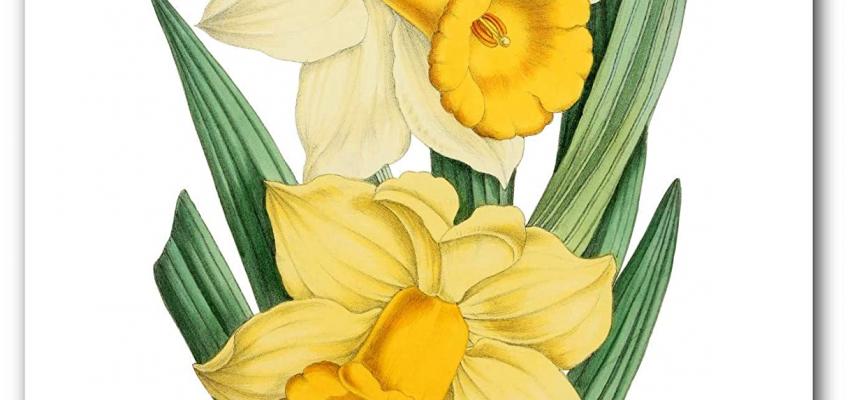
Narcissus, commonly known as daffodil, is a perennial flowering plant that has captivated gardeners and floral enthusiasts for centuries. Known for their vibrant colors and unmistakable trumpet-shaped corona, these flowers have become a symbol of spring, rebirth, and renewal. Not only do narcissus plants add charm and elegance to gardens, but they also make exquisite cut flowers for arrangements and bouquets. In this article, we will explore the enduring allure of narcissus as a cut flower and offer tips for selecting, cutting, and preserving these stunning blooms.
A Brief History of Narcissus
The narcissus genus includes over 50 species and thousands of hybrids, native to Europe, North Africa, and Asia. The flower's name is derived from Greek mythology, where Narcissus, a beautiful youth, falls in love with his reflection and becomes the symbol of self-love and vanity. Despite this association, narcissus flowers have been cultivated and cherished for their beauty and fragrance for millennia. In ancient Rome, they were prized for their medicinal properties and used as a key ingredient in perfumes. Today, narcissus is cultivated across the world and is particularly popular in the Netherlands, where it is a leading bulb export.
Selecting Narcissus for Cut Flower Arrangements
When choosing narcissus for your floral arrangements, consider the following factors:
Variety: Narcissus flowers come in various shapes, sizes, and colors. Some popular types include the classic trumpet daffodil, the double-flowered daffodil, and the small-cupped daffodil. Each variety has its unique charm, making it easy to find the perfect narcissus to suit your arrangement.
Color: Narcissus blooms boast a stunning range of colors, from pure white to vibrant yellow, soft pink, and even orange. Select colors that complement your arrangement's overall theme and consider combining different shades for a more dynamic look.
Bloom stage: For the longest vase life, select narcissus flowers that are still in bud or just beginning to open. This ensures that you can enjoy the flowers' full beauty as they open and mature.
Cutting and Preserving Narcissus
To enjoy your narcissus cut flowers for as long as possible, follow these steps:
Cut: Use clean, sharp scissors or pruning shears to cut the narcissus stems at an angle. This increases the surface area for water uptake and helps prevent the stems from sitting flat on the vase's bottom.
Condition: Narcissus flowers excrete a sap that can be harmful to other flowers in an arrangement. To minimize this effect, condition the cut flowers by placing them in a separate container of clean, lukewarm water for a few hours before adding them to your arrangement.
Arrange: When you're ready to create your floral arrangement, remove any leaves that will sit below the waterline to prevent bacterial growth. Add a floral preservative to the water to provide nutrients and keep the water fresh.
Maintain: To prolong the vase life of your narcissus arrangement, change the water every two to three days and re-cut the stems at an angle. Keep the flowers in a cool location, away from direct sunlight, heat sources, and drafts.
Conclusion
Narcissus flowers, with their elegant beauty and rich history, make a stunning addition to any floral arrangement. By selecting the right variety and color, and following proper cutting and preservation techniques, you can create breathtaking bouquets and centerpieces that capture the essence of spring and the timeless charm of these enchanting blooms.